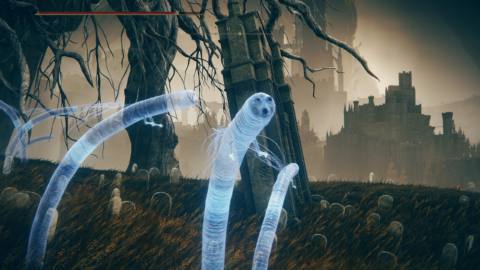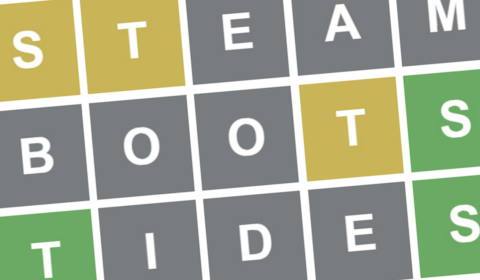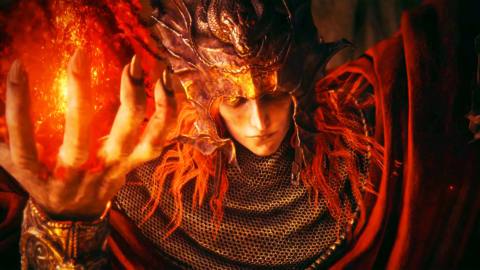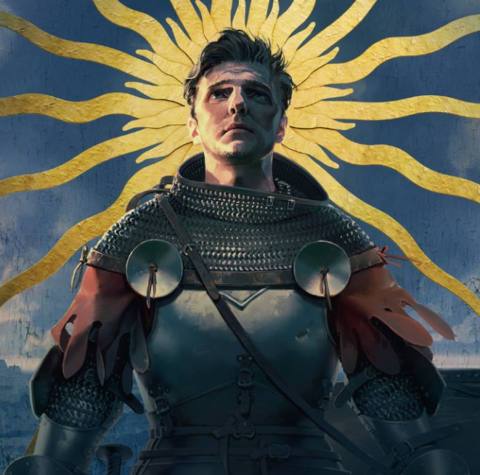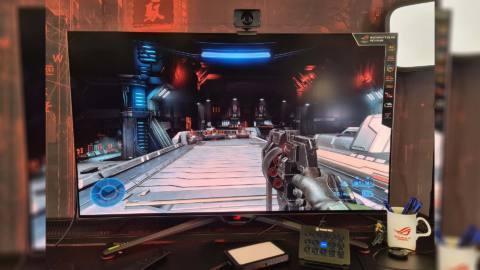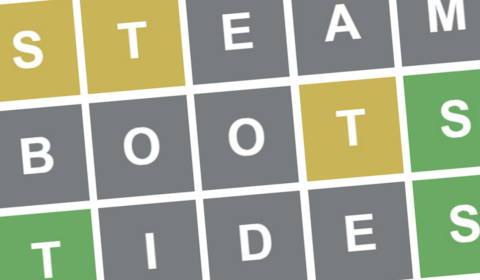Pasokon Retro is our regular look back at the early years of Japanese PC gaming, encompassing everything from specialist '80s computers to the happy days of Windows XP.
I've been building my character up for a while now. Learning new spells and gathering equipment when I can, carefully clearing tough quests, felling monsters twice my size, and piecing together stories told in short snippets by scattered NPCs who, depending on your point of view, are either enticingly under-explained or irritatingly undercooked.
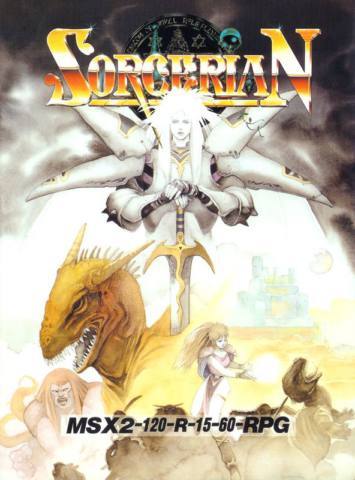
As you've hopefully already guessed this hasn't been in preparation for a death-laden dive into Elden Ring's Shadow of the Erdtree expansion. I've been playing the chart-topping 1987 action RPG Sorcerian and its numerous expansions, which rolled out with much the same impact as Shadow of the Erdtree (at least, within the context of the late '80s Japan-only PC gaming market).
Falcom released no less than three expansions for Sorcerian, and much like in From Software's latest wonder, hopping between the standard stories and these new adventures is quick and seamless. By design Sorcerian has always been a collection of largely self-contained RPG minisodes, a buffet of sidescrolling adventures encompassing lush elf forests and monster-filled caverns. Gathering a party and venturing forth somewhere new rarely takes any more effort than popping in a different scenario disc when prompted—old or new, Sorcerian doesn't care so long as it can read the data on the disc.
It doesn't really care what I've already cleared or how well prepared my party is, either. Do I want to flit back and forth between the main game's base quests and whatever expansion takes my fancy? Sure. I probably won't get very far, but I can try. How about I meticulously tackle everything in order instead, my party visibly growing old together as they head off on more adventures thanks to the game tracking their individual ages? No problem.
The first expansion, plainly titled “Additional Scenarios Vol.1”, is a smorgasbord of stories encompassing everything from pirates to Amazonian warrior queens. It plays out almost like a collection of fairy tales, every day a new place with a new cast of heroes to befriend and monsters to slay.
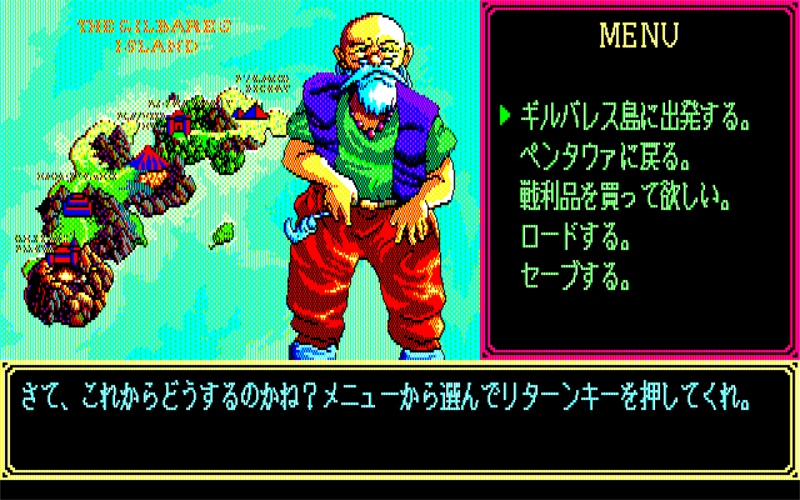
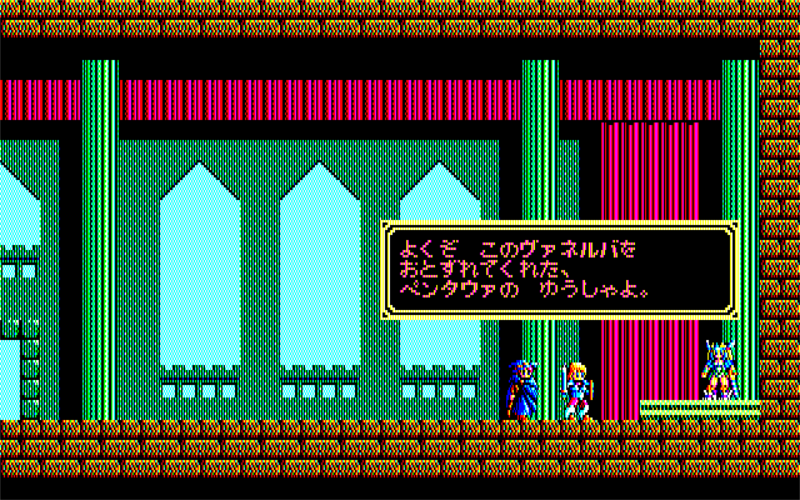
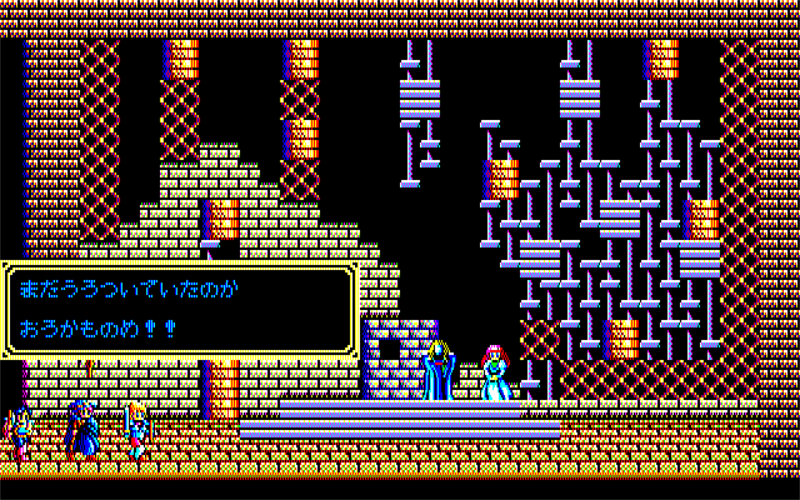
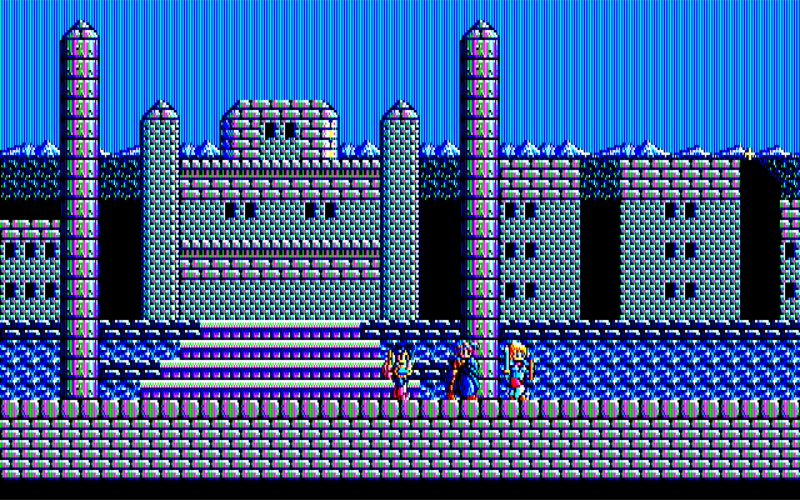
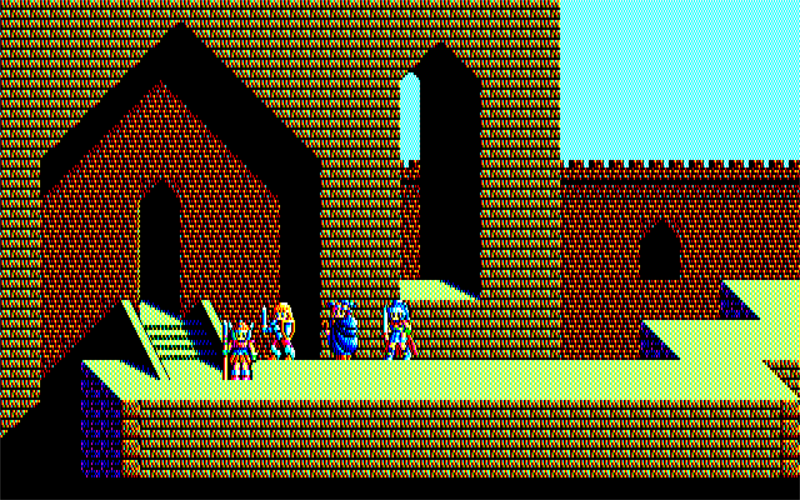
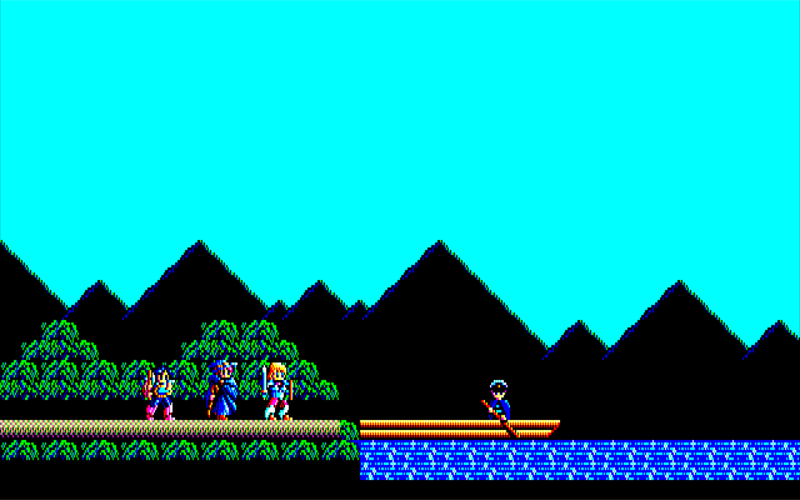
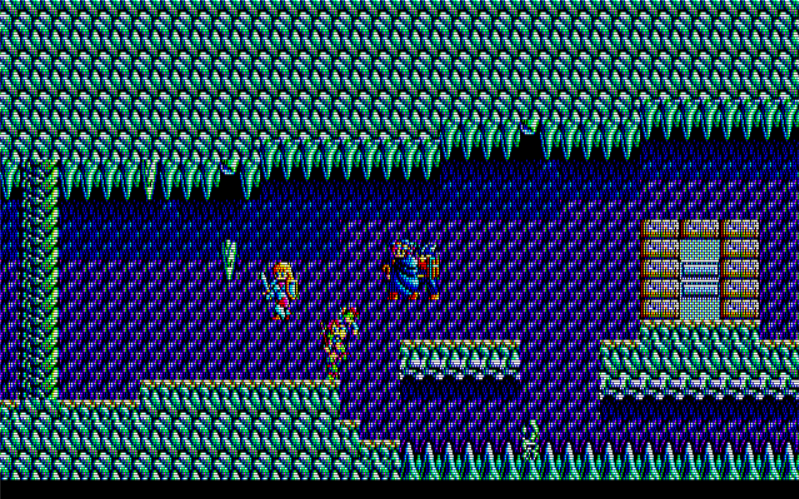
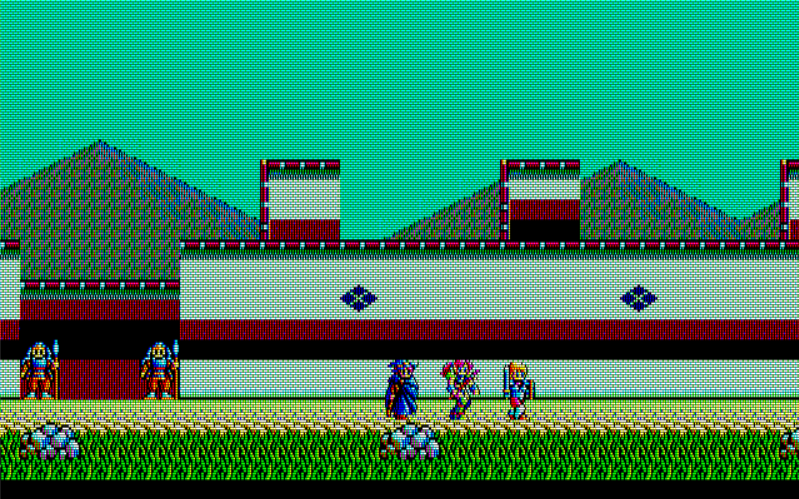
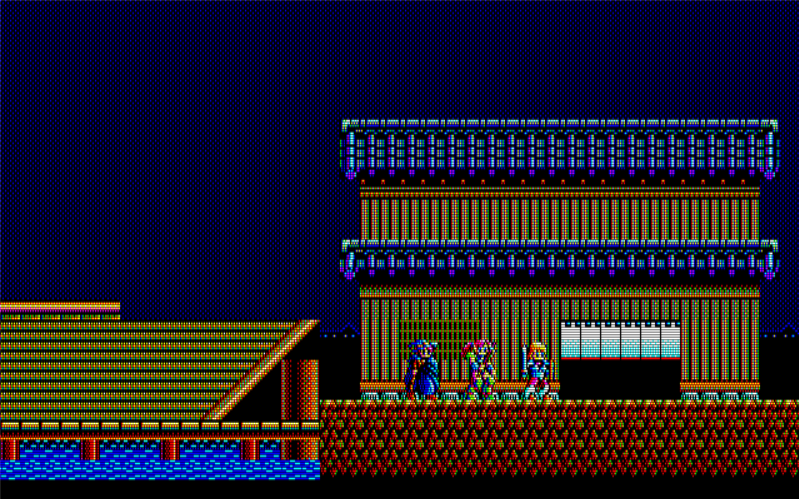
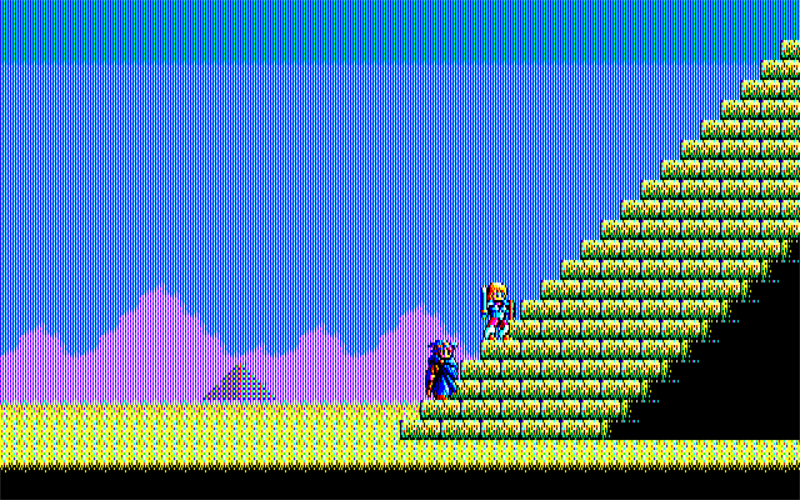
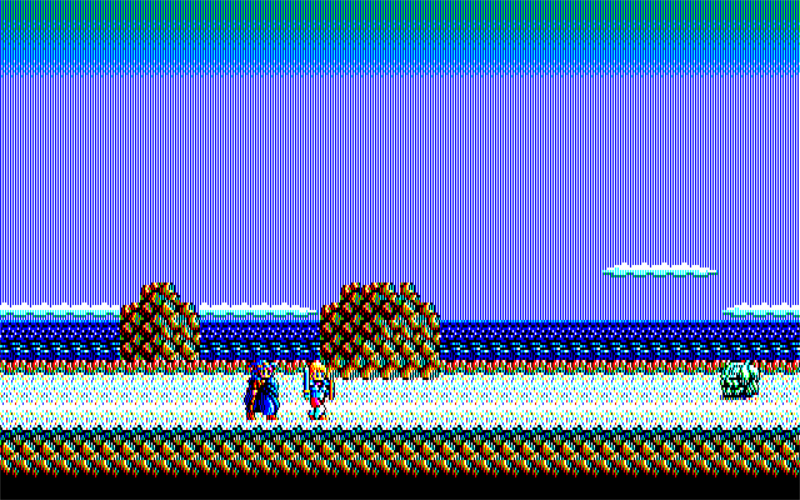
The two that came after it—Sengoku and Pyramid Sorcerian—are more closely themed around their titles, although historical accuracy was clearly the last thing on Falcom's mind. I'm pretty sure famous samurai Sanada Yukimura never fought a projectile-flinging winged tengu back in 16th century Japan, and I bet somebody would have said something by now if Tutankhamun's golden sarcophagus really was capable of firing laser beams from its eyes.
The expansions' wilful bending of everything from basic history to what kind of fantasy Sorcerian itself “should” be oozes confidence and enthusiasm. It would have been easy, perhaps even understandable, if these further adventures had been little more than just old pixels given a quick recolour and a bit of shuffling around, but Falcom chose to lavish each tale with the same level of polish and ambition as any of their better known games. No matter which disc I'm using, I know I'm going to visit places that never existed before and cross swords with bosses that simply didn't exist before these new floppies came along.
And just like all of my favourite FromSoftware games, there's an internal consistency to the lands I visit here, a sincere attempt to visually tell a story, to make me believe I'm standing in a single continuous location, even though Sorcerian was made for hardware so basic it was always much happier if it didn't have to worry about demanding tasks like “moving things around the screen” and “animation”.
The first expansion opens with a panoramic stroll past white sands and bumpy seas. Sengoku's filling my screen with dramatic war banners before I know it. Pyramid chooses to dedicate some precious disc space to an atmospheric approach to its titular edifice. These aren't just screens, they're spaces, and these byte-sized worlds feel so much bigger for having them. I have to actually climb up the sloped side of the pharoah's monument just to get to the rest of the level, and elsewhere when I fall down holes or work my way inside somewhere I really am walking under and in. Rooms are physically located above and below and within each other wherever possible, and because all the areas are built this way, I know that going off and exploring purely for the pleasure of it will always be rewarded. Not necessarily in the obvious treasure-dispensing sense, but I'll learn my way around and become a more knowledgeable, aware, and hopefully alive adventurer if I put in the effort.
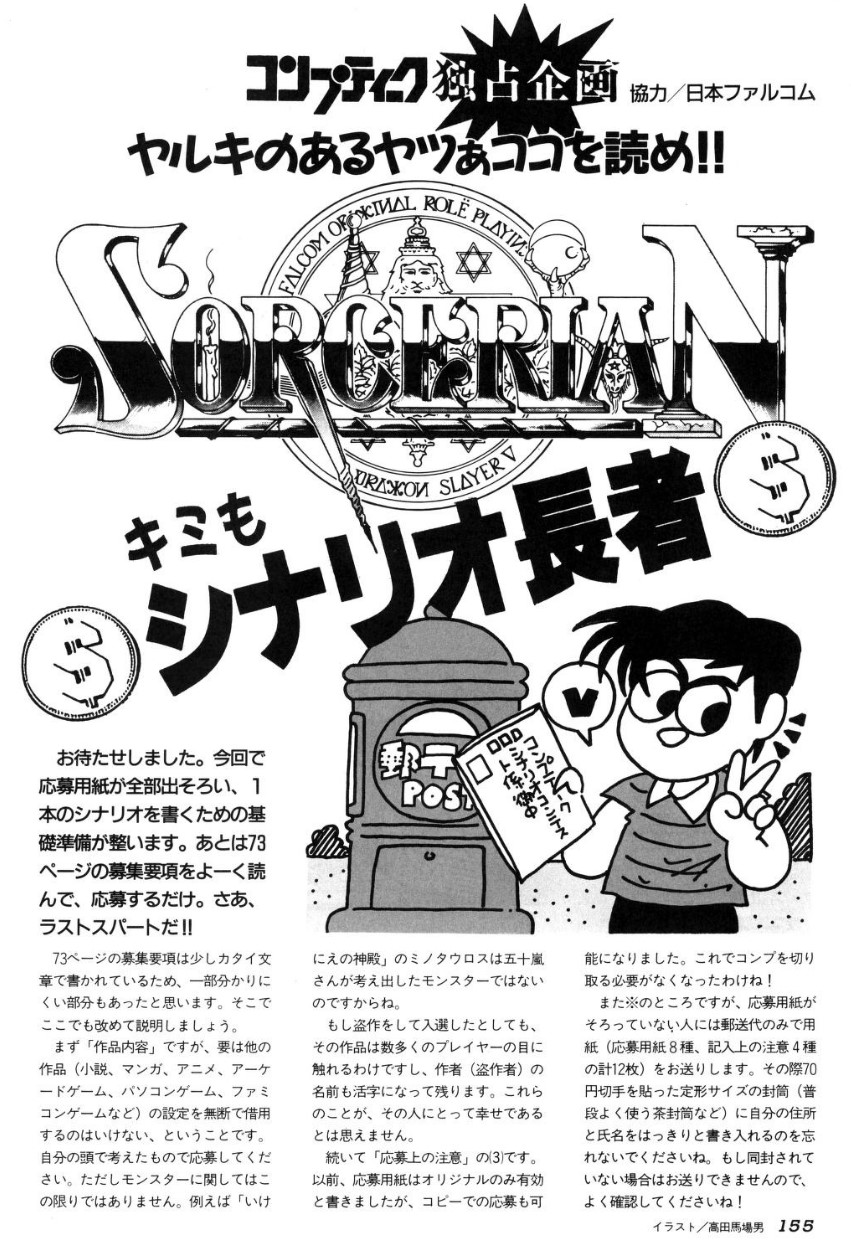
I know I'm not the only one enthralled with Sorcerian's approach to storytelling. Japanese gamers were so in love with Sorcerian and the narratives that sprang up in its later expansions that Comptiq magazine—which is still going, even if it has skewed more towards covering mobile games like Granblue Fantasy and Fate/Grand Order these days—partnered up with Falcom to launch a grand scale competition to make even more.
A serious amount of thought and effort was expected from these fan entries, just like more modern contests to design new weapons, furniture, and even hairstyles created for the likes of Final Fantasy 14. Wannabe designers needed to fully complete a four part entry process, running from July to October 1988, filling out and eventually mailing off specially designed competition pages covering everything from map and scenario design to monster attack patterns and NPCs.
The ten winners, announced in the May 1989 issue of Comptiq, received a significant amount of prize money (ranging from 500,000 to 50,000 yen) and got to see their ideas made real and released as a five-part Selected Sorcerian collection, from December 1989 to July 1990. That's almost an entire extra year of fresh fan-invented adventures, the roughly bimonthly floppy disc releases a primordial form of episodic DLC.
Why did it take so long? Well, apart from the inherent complexity of discussing and deciding on which multi-page fan design documents mailed in the old fashioned way they should include, and then the whole “actually making those ideas real” part, there was also the fact that Falcom had more than 3,000 entries to sift through.
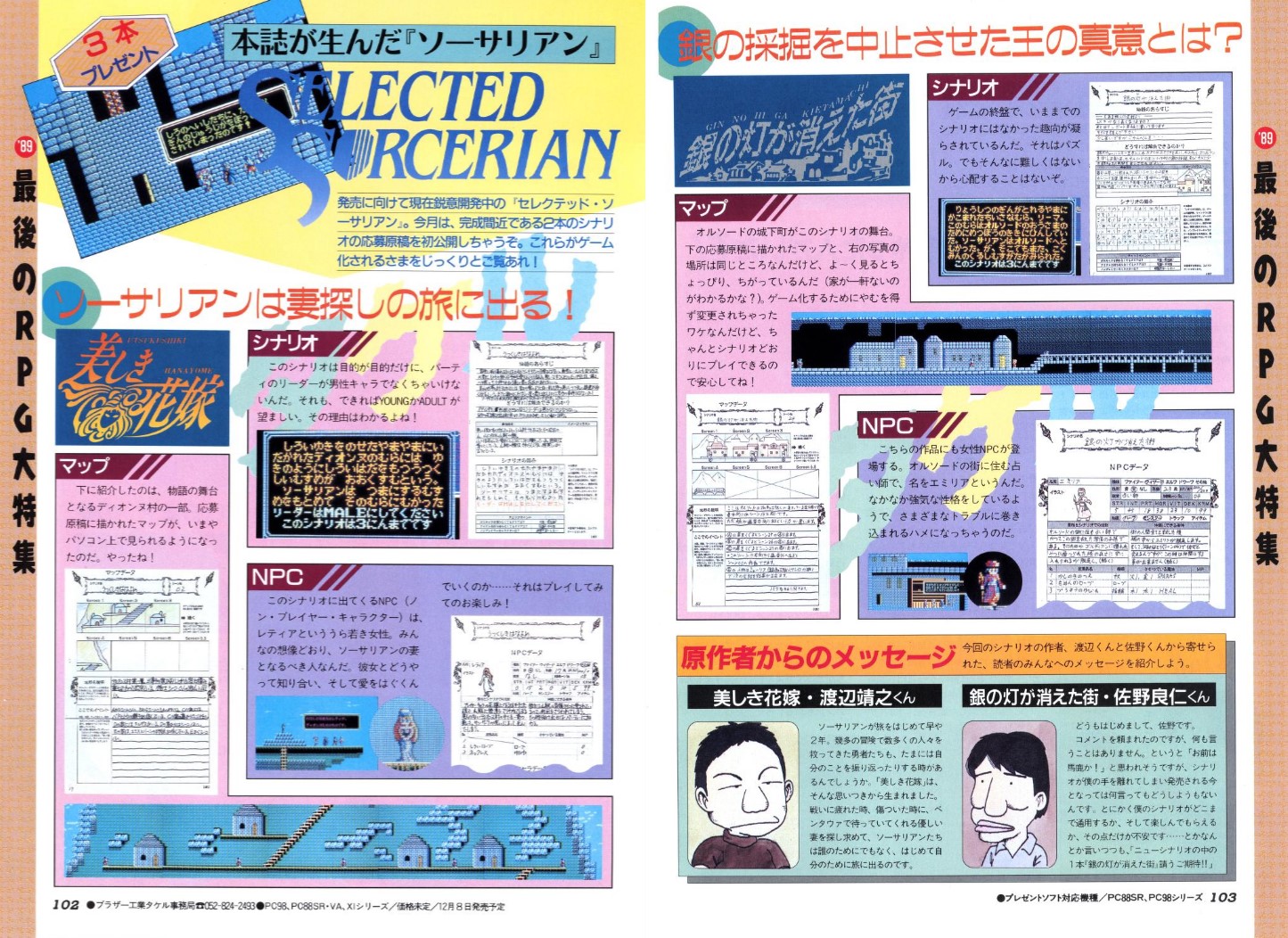
Over 3,000. More than 3,000 people loved Sorcerian enough that they put in four months of work to just have a chance of seeing their idea brought to life. And these fan-made tales turned out to be just as much fun and just as carefully crafted as anything Falcom had come up with, each one sending me off to fight fire-breathing dragons, bandits, and spooky spellcasters.
So that's eight expansions, with two more (including one featuring actual aliens) developed by third parties released around the same time on top—an unbelievable array of adventures, all building on the foundations laid by one successful RPG. Thanks to a developer with a bold vision and a hardcore fanbase willing to invest their time in a tough game, Sorcerian became a legend in its own lifetime, presenting a vast array of adventures most other games at the time could only dream of. Sounds a little familiar, don't you think?

